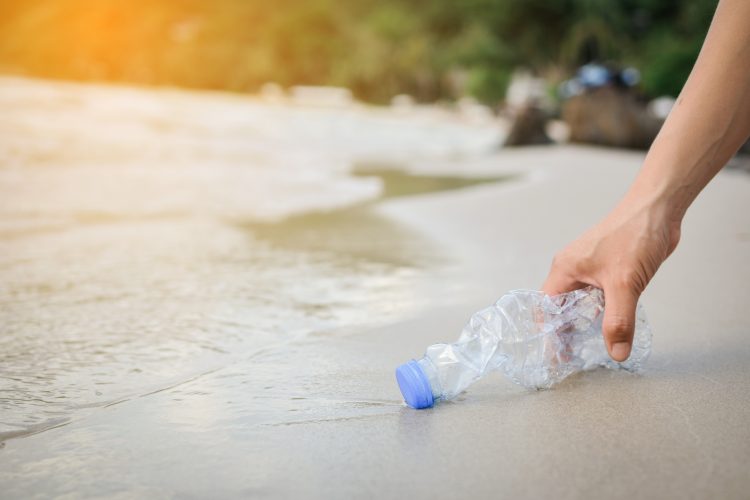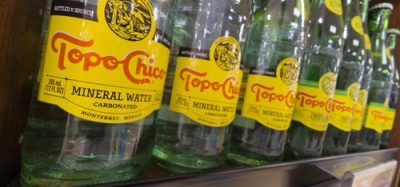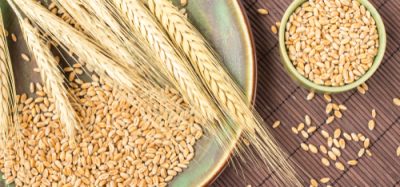Microplastics found in human food (…again)
- Like
- Digg
- Del
- Tumblr
- VKontakte
- Buffer
- Love This
- Odnoklassniki
- Meneame
- Blogger
- Amazon
- Yahoo Mail
- Gmail
- AOL
- Newsvine
- HackerNews
- Evernote
- MySpace
- Mail.ru
- Viadeo
- Line
- Comments
- Yummly
- SMS
- Viber
- Telegram
- Subscribe
- Skype
- Facebook Messenger
- Kakao
- LiveJournal
- Yammer
- Edgar
- Fintel
- Mix
- Instapaper
- Copy Link
Posted: 19 April 2022 | New Food | No comments yet
Blue mussels are absorbing pollution in southern Australia, with a team from Flinders University finding worrying levels of microplastics across several popular beaches.


Researchers from Flinders University in Adelaide, Australia have found that there are microplastics in human food supplies – including wild-caught and ocean-farmed fish and seafood – due to plastic pollution.
The research, published in Science of the Total Environment, states that microplastics are “ubiquitous in our marine environment” and tend to be more abundant in mussel samples near larger towns and cities, with levels higher in more popular beaches compared to the remote ones.
“Our findings shed light on the urgent need to prevent microplastic pollution by working with the communities, industries and government to protect these fragile marine systems,” said Professor Karen Burke da Silva, senior author of the article.
The Flinders University research team sampled varying levels of microplastics on 10 popular beaches across South Australia. Microplastic contamination at Semaphore Beach and Hallett Cove were up to four times higher than tests run at more remote places such as Ceduna.
“Low to medium levels of microplastics measured in the common blue mussel – a filter feeder affected by ecosystem conditions – were measured to analyse the main kinds of pollution affecting the environment, and single-use plastic was the main offender,” Prof Burke da Silva explained.
By investigating microplastic load in the mussel, the researchers are calling attention to the implications of microplastic pollution on South Australia’s marine ecosystems and the local human food chain.
In fact, trillions of microplastic particles exist in the world’s oceans, with the highest concentrations recently found in the shallow sea floor sediment off Naifaru in the Maldives (at 278 particles kg -1 ) and lowest reported in the surface waters of the Antarctic Southern Ocean (3.1 x 10-2 particles per m3 ), according to the article.
The Flinders University team adds that this is the first time the presence of microplastics in South Australia’s coastline has been measured in “areas important both for shipping, fishing and tourism, along with other industries and local communities”.
The types of plastic found include polyamide, polyethylene, polypropylene, acrylic resin, polyethyleneterephthalate and cellulose, which suggests that both synthetic and semi-synthetic particles from single-use, short-life cycle products, fabrics, ropes and cordage from the fishing industry were all part of the cause.
“Clean up and prevention measures are long overdue,” added Prof Burke da Silva. “Apart from the harvesting of blue mussels, we also need to consider the impact of microplastic particles entering other parts of the human food chain with microplastic pollution expected to increase in the future.”
Related topics
Contaminants, Environment, Food Safety, Research & development, Supply chain









